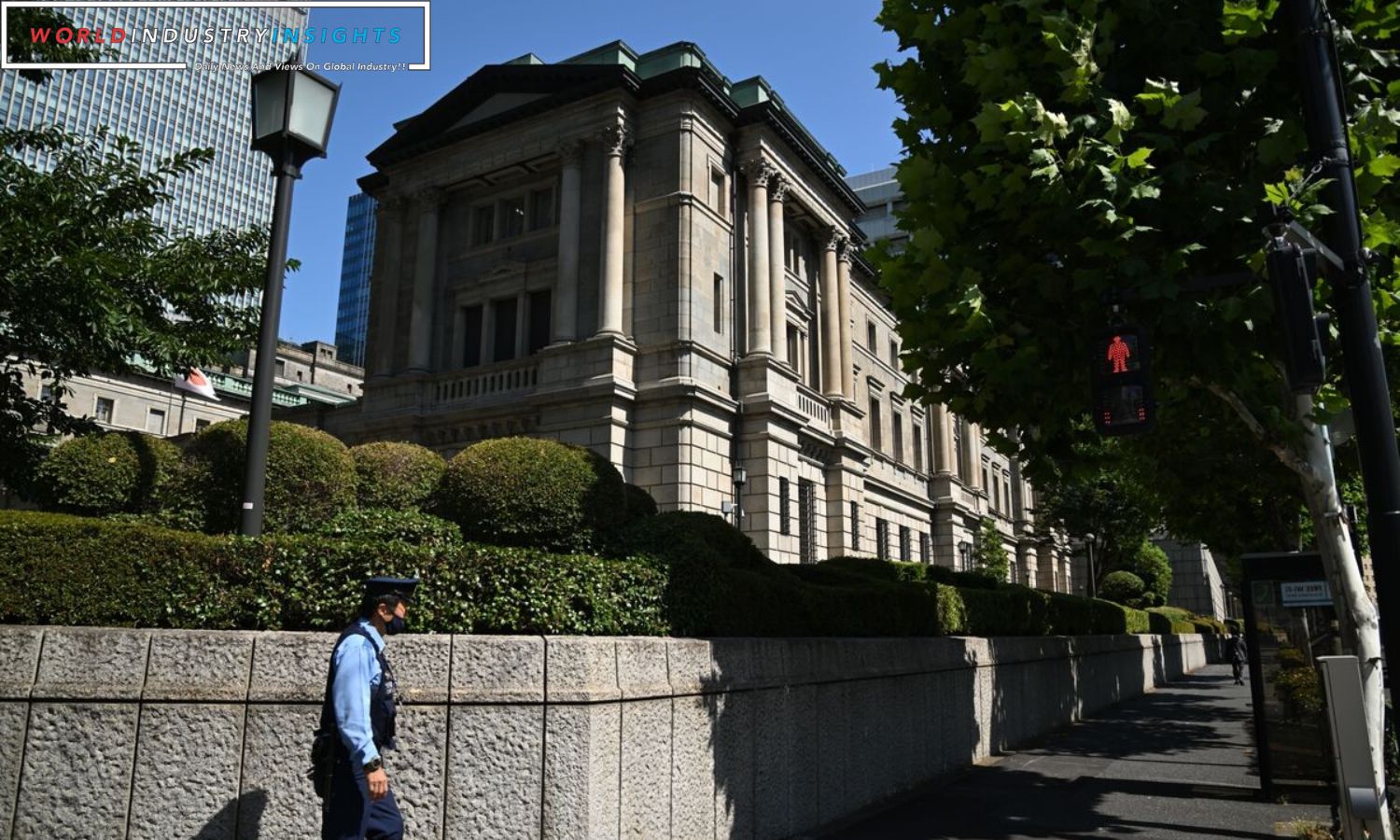Bank of Japan: In a somewhat unexpected move, the Bank of Japan (BOJ) has made some adjustments to its bond yield control policy, marking another subtle step away from the massive monetary stimulus it’s employed over the past decade.
While the BOJ did revise its price forecasts, indicating the possibility of inflation surpassing the 2% target for this year and the next, the central bank’s commitment to keeping an extremely accommodative policy and the projection of inflation dipping below 2% by 2025 dampened sentiment, causing the yen to weaken against the dollar.
This approach, characterized by small, cautious steps, seemed to catch markets somewhat off guard. As Kyle Rodda, senior financial market analyst at Capital.com in Melbourne, noted, “The incrementalism was perhaps a surprise to markets given the speculation of an actual tweak.”
As anticipated, the BOJ maintained its -0.1% target for short-term interest rates and the 10-year government bond yield target of around 0%, as set under the yield curve control (YCC) framework. However, there was a significant change in the definition of 1.0%, which was previously considered a firm cap on the 10-year bond yield. The BOJ now regards it as a “loose ‘upper bound,'” no longer pledging to defend this level with unlimited bond purchases.
In its statement, the BOJ explained this shift as a response to the high uncertainties surrounding the economy and markets, suggesting that it’s appropriate to increase flexibility in conducting yield curve control. This decision highlights the growing difficulty the BOJ faces in maintaining its yield control, particularly in the face of rising global bond yields and persistent inflation.

Also Read: Global Markets in Unpredictable Waters: Geopolitics and Central Banks Trigger Turbulence
The BOJ has taken a somewhat gradualist approach, raising its unofficial yield ceiling to 1.0% from 0.5% in July in response to surging global bond yields. However, the latest tweak may indicate less necessity for significant bond purchases, though it could further solidify market expectations of a near-term end to the YCC framework and negative interest rates.
Market watchers are now closely monitoring Governor Kazuo Ueda’s post-meeting news conference, seeking hints about the bank’s timeline for a complete exit from the current accommodative policy. Despite Governor Ueda’s repeated assurances about maintaining ultra-low interest rates, the markets are already speculating about a policy shift early next year.
The BOJ’s approach stands in contrast to many other central banks globally, which have been aggressively hiking interest rates in recent years to combat soaring inflation. The BOJ’s reluctance to follow suit is likely influenced by the criticism it has faced in the past for prematurely tightening policy, which resulted in delayed efforts to escape chronic deflation.
In a landscape of rising global interest rates and growing expectations for a shift in Japan’s monetary policy, the BOJ appears to be navigating its path with a cautious hand, preferring to take small steps rather than big leaps.

